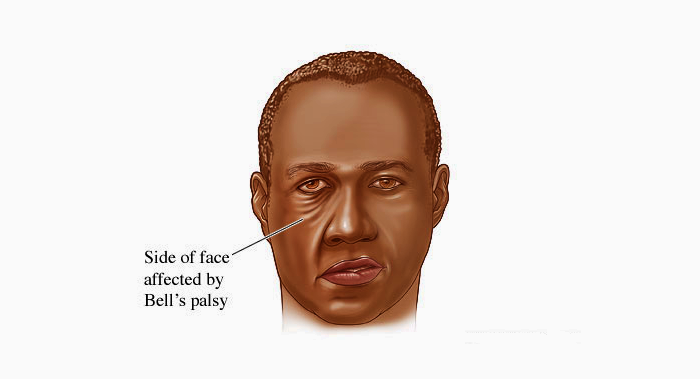It had been some days now and I had a feeling that my face didn’t seem normal. I felt my face was drifting to the left and my speech wasn’t okay. Water would come out if I held it in my mouth.
It was after the third day that I took serious notice. I was in the office working as usual when one of the managers took a careful look and alerted me. She told me what serious trouble I could be in. I could be suffering from stroke and had ignored it?
I was a young healthy man with no family history of chronic diseases. Why could I be affected by stroke at such a tender age? Wasn’t stroke for the aged? Well, I had a number of thoughts running through my mind as I made my way to the hospital.
I was immediately ushered to the emergency unit. When I saw the doctor, he asked me to do certain facial expressions; which I failed. The doctor feared the worst and said it was probably a symptom of a stroke. I needed to do an Echogram (ECG) and a Magnetic Resonance Image (MRI) of the brain and cerebral spine to confirm the initial diagnosis.
As it turned out, stroke was ruled out after my results came through. I was suffering from Bell’s Palsy-one of the least-talked-about and known conditions in our country.
What is Bell’s palsy?
Bell's palsy is a paralysis or weakness of the muscles on one side of the face. Damage to the facial nerve that controls muscles on one side of the face causes that side to droop. This condition comes on suddenly, often overnight. In rare cases, it can occur on both sides resulting in total facial paralysis.
Bell's palsy is named after Sir Charles Bell, a 19th century Scottish surgeon who described the facial nerve and its connection to the condition.
Bell’s salsy vs stroke
As in my case, most sufferers of Bell’s palsy may initially think they have a stroke. It is, therefore, very vital to take the necessary tests to rule out stroke. A stroke will usually cause a few additional symptoms such as numbness or weakness in the arms and legs. And unlike Bell's palsy, a stroke will usually let patients control the upper part of their faces. A person about to suffer a stroke will usually have some wrinkling of the forehead.
Coping with Bell’s palsy
Bell’s palsy can be an unwanted interruption to our daily routine and everyday life. The facial nerve controls a number of functions, such as blinking and closing the eyes, smiling, frowning, lacrimation, salivation, flaring nostrils and raising eyebrows.
Bell's palsy can interrupt the eyelid's natural blinking ability, leaving the eye exposed to irritation and drying. Therefore, keeping the eye moist and protecting the eye from debris and injury, especially at night is important.
Most people with the condition also suffer from low self-esteem and may keep away from people because of significant facial distortion. Speech is also adversely affected as a result of Bell’s palsy. If you like smiling like we all do, be prepared to have a crooked one.
What causes Bell’s palsy?
The National Institute of Neurological Disorders and stroke, USA (NINDS) reports that Bell's palsy occurs when the nerve that controls the facial muscles is swollen, inflamed, or compressed, resulting in facial weakness or paralysis. Exactly what causes this damage, however, is unknown.
Most scientists believe that a viral infection such as viral meningitis or the common cold sore virus—herpes simplex—causes the disorder.
According to the NINDS, it affects men and women equally and can occur at any age, but it is less common before age 15 or after age 60. It disproportionately attacks people who have diabetes or upper respiratory ailments such as the flu or a cold.
Prognosis
Fortunately, the prognosis for Bell’s palsy is very encouraging.
With or without treatment, most individuals begin to get better within two weeks after the initial onset of symptoms and most recover completely, returning to normal function within three to six months.
For some, however, the symptoms may last longer. In a few cases, the symptoms may never completely disappear. In rare cases, the disorder may recur, either on the same or the opposite side of the face.
Physiotherapy/facial exercises can be beneficial to some individuals with Bell’s palsy as it helps to maintain muscle tone of the affected facial muscles and stimulate the facial nerve. To reduce pain, heat can be applied to the affected side of the face.
Awareness creation
I am not sure whether there is any documentation about Bell’s palsy in Ghana. I hadn’t heard about the disease until I suffered from it. I am of the view that apart from the very common diseases in the country, there is the need for awareness creation and research into some of these less common diseases in the country.

